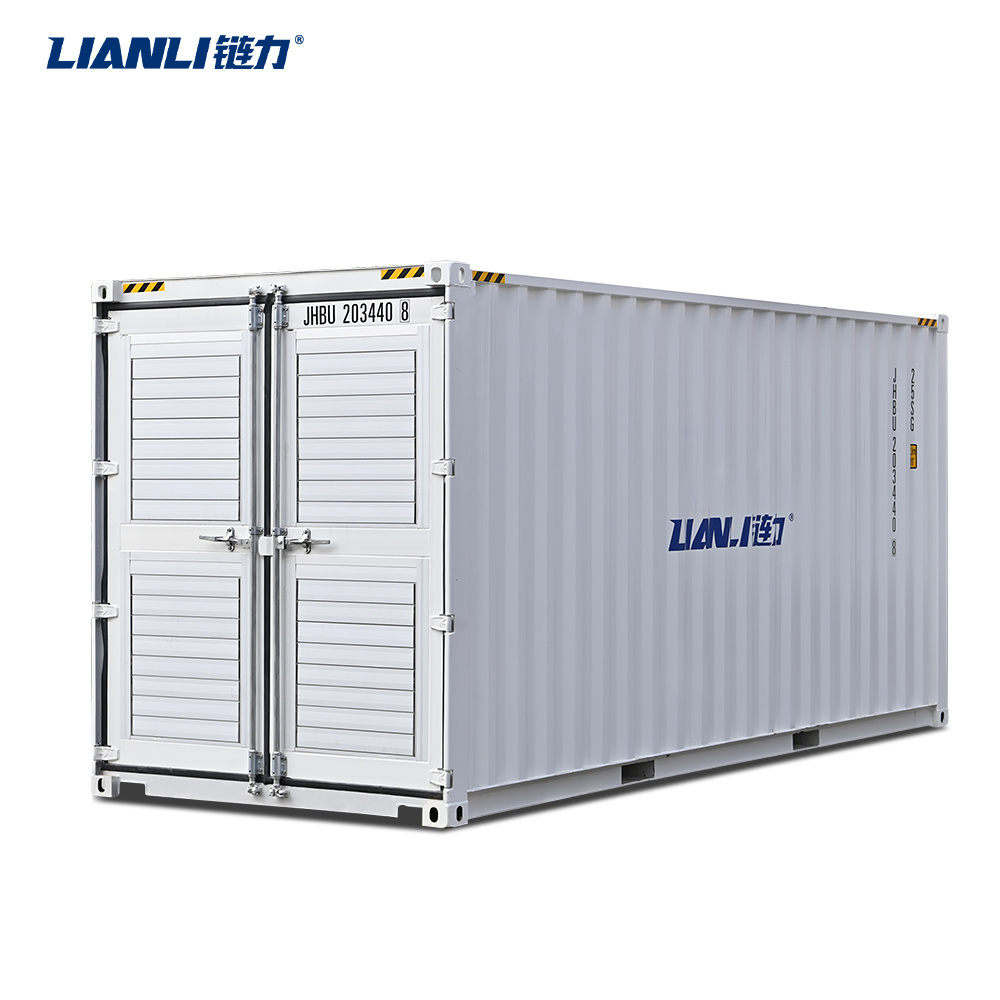Texas lawmakers recently approved a $10 million allocation from general revenue to invest in Bitcoin. To date, $5 million of that budget has been deployed, with the first purchase executed on November 20 at an average basis of roughly $87,000 per BTC. This state-level involvement highlights growing institutional interest in digital assets and raises practical questions about custody, execution, and the operational demands of scaling a presence in crypto — including the realities of bitcoin mining infrastructure.
Why Texas chose a staged approach to buy Bitcoin
The state made a pragmatic decision to gain regulated exposure quickly while its long-term plan was being finalized. Although Texas plans to ultimately self-custody its BTC holdings, the Request for Proposal (RFP) process for selecting custodial and security service providers is still underway. To ensure compliance and timely execution, the initial allocation was executed via BlackRock’s IBIT ETF. Using an ETF allowed Texas to:
Obtain immediate, regulated exposure to BTC without delaying deployment.
Maintain transparency and compliance with existing public-sector investment rules.
Buy time to evaluate secure self-custody solutions through a formal RFP process.
This hybrid approach — initial ETF exposure followed by a planned migration to self-custody — is increasingly common among institutional investors that want quick market entry while building robust custody operations.
What “self-custody” means — and why it’s important
Self-custody means the state would directly hold private keys for its Bitcoin rather than relying on third-party custodians. For public entities, self-custody can offer greater control and reduced counterparty risk, but it also demands rigorous governance, secure key-management practices, and resilient physical and operational security.
Key considerations for successful self-custody include:
Multi-signature arrangements and hardware security modules (HSMs).
Clear governance policies for access, key rotation, and emergency procedures.
Third-party audits and insurance where appropriate.
Integration with disaster recovery and continuity plans.
Texas’s RFP will likely evaluate vendors and technologies that address these needs before any on-chain migration occurs.
Implications for BTC markets
While $5 million is a modest allocation relative to global market depth, the symbolic weight of a U.S. state investing public funds in Bitcoin should not be underestimated. Institutional participation can:
Signal growing acceptance of BTC among traditional investors.
Encourage other public and private institutions to consider similar allocations or strategies.
Support market liquidity by adding regulated capital flows.
Investors and observers should watch whether Texas deploys the remaining $5 million, how quickly it transitions to self-custody, and whether other jurisdictions follow suit.
Why bitcoin mining and cooling matter in this conversation
Growing state and institutional interest in BTC often coincides with conversations about on-chain operations and infrastructure. One practical area that directly impacts the economics and reliability of mining operations is thermal management. Bitcoin mining is energy- and heat-intensive: maintaining optimal operating temperatures is essential to maximize hash-rate efficiency and extend hardware lifespan.
Efficient cooling systems reduce downtime and improve energy utilization, which can materially improve the economics of a mining facility. Whether operators are running small clusters or large-scale data-center deployments, cooling strategy is a core part of operational design.
The role of advanced liquid-cooling solutions
Among thermal solutions, liquid cooling has become a leading choice for high-density mining setups and data centers. Liquid systems offer superior heat transfer compared to air cooling, enabling:
Higher power densities per rack or container.
Lower fan power consumption and reduced ambient temperatures.
More consistent operating conditions that extend equipment lifetime.
In the commercial space, Lian Li’s cryptocurrency mining liquid cooling solutions are increasingly recognized for dependable thermal performance and design maturity. For mining operators aiming to scale efficiently, pairing high-performance mining rigs with advanced liquid cooling can be a decisive advantage.
Practical takeaways
Texas’s $10 million allocation — with $5 million already deployed — is an institutional milestone for BTC that underscores the importance of clear custody and operational planning.
Using an ETF (IBIT) for initial purchases allowed rapid, regulated exposure while the state finalizes self-custody arrangements via an RFP.
Self-custody brings control but also responsibility: robust governance, security, and vendor selection are essential.
For anyone operating or investing in bitcoin mining infrastructure, efficient cooling (including liquid systems) is not optional — it’s a key lever for performance and total cost of ownership.
Lian Li’s advanced liquid-cooling solutions represent a practical option for operators seeking reliable, high-efficiency thermal management.






